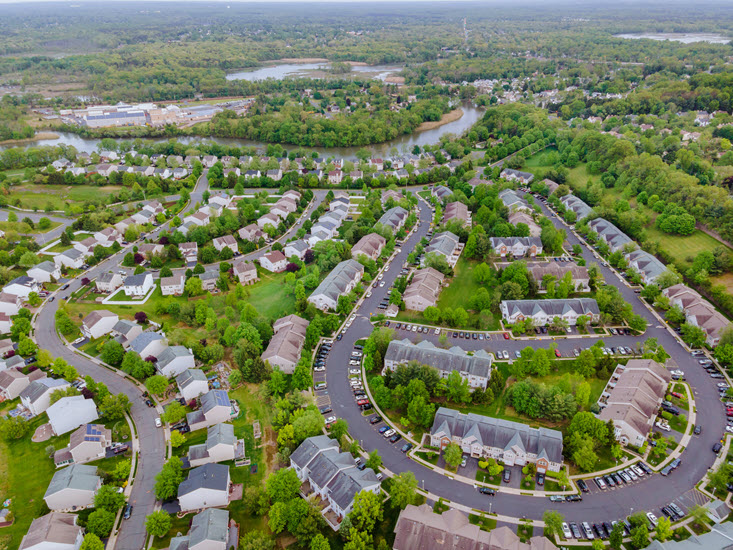The increasing number of U.S. homes owned mortgage-free is a significant trend, reflecting various economic,…
Understanding the Low Inventory Crisis in the Single-Family Home Market
The single-family home market has been experiencing a notable crunch in inventory, with potential buyers finding fewer options and facing increased competition for available properties. This scarcity has been attributed to a convergence of economic forces, market trends, and shifts in investment strategies. We’ll explore the underlying causes of this low inventory scenario, examining how historical interest rates, behavioral shifts among homeowners, construction trends, and the influence of institutional investors have collectively shaped the current landscape.
Historic Low Interest Rates and Investment Property Acquisition
In the years following the Great Recession, central banks around the world, including the Federal Reserve in the United States, implemented policies that maintained historically low interest rates. These rates were part of a broader strategy to stimulate economic growth by making borrowing cheaper and encouraging spending and investment. Real estate, particularly single-family homes, emerged as a prime target for investors, who took advantage of the cheap borrowing costs to purchase properties.
This trend intensified demand for single-family homes, not just among typical homebuyers but also among investors looking to expand their portfolios. Consequently, many homes that might have been sold to owner-occupants were snapped up by investors and converted into rental properties, effectively reducing the inventory of homes available for purchase.
Low Interest Rates Encouraging Homeowners to Hold Property
Low interest rates didn’t only galvanize investors; they also had a significant impact on the decisions of existing homeowners. Many took advantage of the low rates to refinance their mortgages, which reduced their monthly payments and provided less of an incentive to move. Others decided to tap into their home equity for renovations and expansions, making their current homes more suitable for long-term living. These factors have resulted in a lower turnover of existing homes, further contributing to the low inventory.
Post-Recession Construction Slowdown
The 2008 mortgage crisis left a lasting impact on the construction industry. Builders faced significant challenges, including tighter lending conditions, increased regulatory burdens, and a skilled labor shortage, all exacerbated by the economic downturn. In response, many builders scaled back operations or exited the market entirely, leading to a prolonged period of underbuilding that has struggled to keep pace with the growing population and shifting demographics. This has been particularly evident in the single-family home sector, where new construction rates have not adequately replenished the housing stock to meet demand.
Institutional Ownership of Single-Family Homes
The last decade has seen a notable shift in the housing market, with institutional investors, such as corporations and hedge funds, becoming significant owners of single-family homes. These entities often have the financial clout to purchase homes in bulk, often outbidding individual homebuyers. Once these homes are under institutional ownership, they are typically held as long-term investments and rented out, which removes them from the market for prospective homeowners. This trend has reduced the inventory of homes for sale and contributed to upward pressure on both home prices and rental rates.
Conclusion
The low inventory of single-family homes for sale is not the result of a single factor but rather the intersection of multiple economic and market dynamics. The ripple effects of low interest rates have encouraged both property holding among current homeowners and investment purchases. Post-recession caution has slowed home construction, failing to close the gap between supply and demand. Moreover, the rise of institutional ownership has transformed a significant portion of the single-family home market from a space dominated by owner-occupiers to one increasingly controlled by landlords and investors.
Addressing this complex issue will likely require a multifaceted approach, including policy interventions to encourage new construction, regulation of institutional investments in residential real estate, and financial mechanisms that empower individuals to purchase homes for personal use. The low inventory crisis poses a significant challenge to the market. Still, with informed strategies and collaborative efforts, it is possible to restore balance and ensure that single-family homes remain accessible to those who wish to buy them.



